How to Create a VPN on Windows 10
Creating a VPN on a computer nowadays is no longer complicated, as you no longer need to use software like Hotspot Shield. You can set up a VPN directly on your computer with a very simple process.
The easiest way to get your favorite virtual private network up and running on the Windows 10 operating system is to download the VPN app from the Windows Store and install it, just as you did on previous versions of Windows. Using a VPN app is also the best way to take advantage of the features that VPN offers, from ad-blocking to automatically selecting the fastest connections. For tech-savvy individuals, another option is to try the built-in VPN client of Windows 10.
On Windows 10, to set up a VPN, you will need to proceed from the Control Panel or the Settings interface. With the method of creating a VPN on Windows 10, we can access blocked sites without needing other VPN service fake IP software. The following article will guide readers on how to set up a VPN on Windows 10.
Things to Prepare
- VPN Service: Although you are using Windows 10 to manage your connection to the VPN, you still need to choose which VPN service to connect to. The service you choose will determine which provider will run the servers you are about to connect to. Check out the article on the 5 best VPN software options today to get a quick idea of which provider is best for you.
- Selecting the Protocol: During the setup process, you will be asked to choose a protocol from a list. Simply put, the protocol you choose will determine the strength of the encryption.
There are several types of protocols used by VPNs, and any VPN you choose will use one of these protocols. The 4 most popular protocols are PPTP, L2TP/IPSec, SSTP, and OpenVPN. During setup, you will inform Windows which protocol your VPN uses by selecting it from the list, and the VPN provider will tell you which protocol their service uses.
Guide to Setting Up a VPN on Windows 10
Step 1: Press the Start button on the interface and then select Settings.
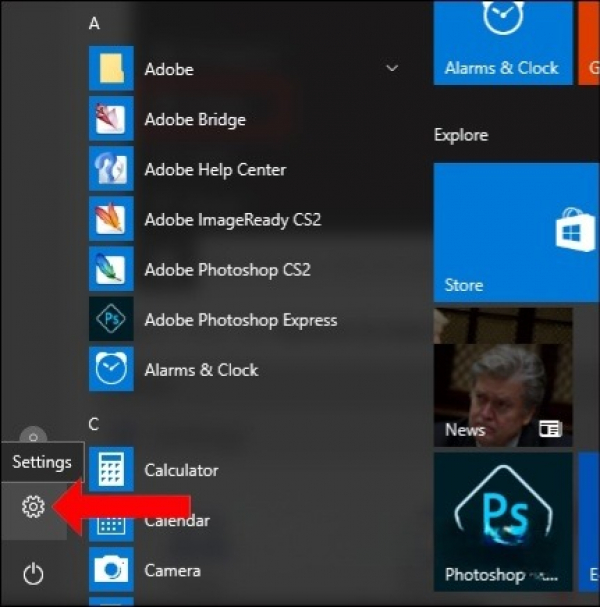
Step 2: In the Windows Settings interface, click on Network & Internet.

Step 3: Switch to the new interface. In the list on the left side of the interface, click on VPN.
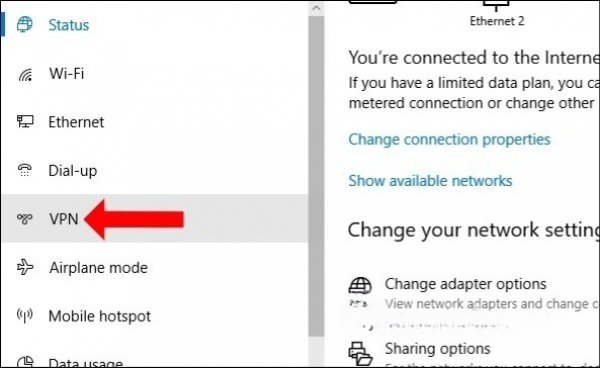
Then look at the content on the right; you will see some setup items to create a VPN, select Add a VPN connection.
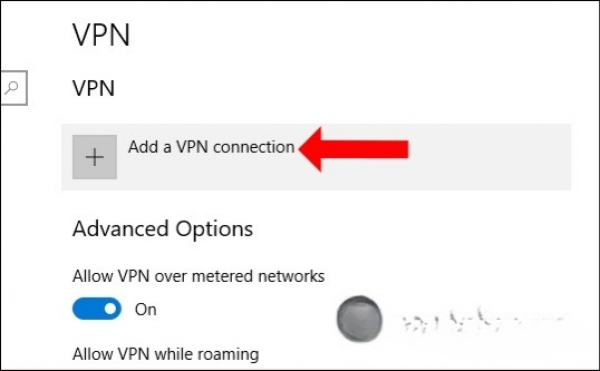
Step 4: The Add a VPN connection interface will appear. Here, we need to fill in some information including:
- VPN provider: Select Windows (built-in).
- Connection name: Choose the connection name you want.
- Server name or address: Enter the server name or the server's IP address.
- VPN Type: Choose Point to Point Tunneling Protocol (PPTP) or L2TP/IPsec with pre-shared key.
- Type of sign-in info: Choose Username and password.
- User name: Username.
- Password: Password.
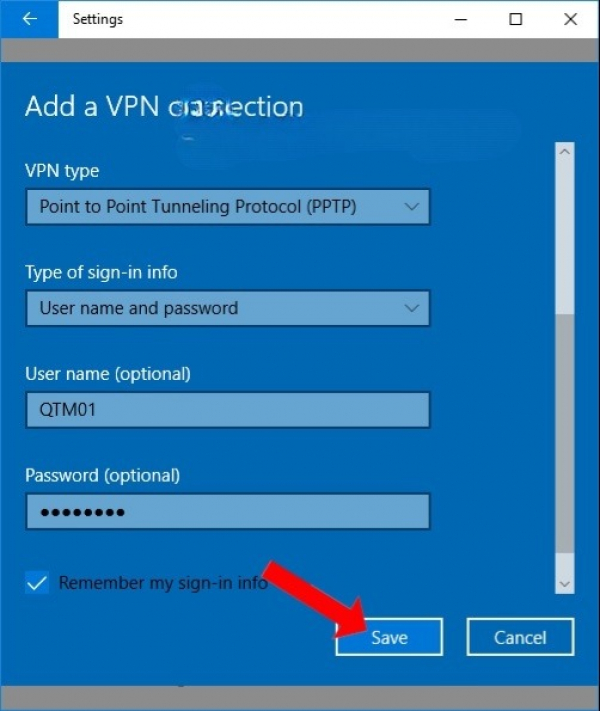
Finally, click Save to save. In the case of using a personal computer, to remember the login ID and password each time you connect, you check Remember my sign in information. If it's a public computer at the office, uncheck it to ensure privacy.
Step 5: Return to the VPN interface in Settings; you will see the newly created VPN network. To connect to this network, simply click on it and then click Connect.
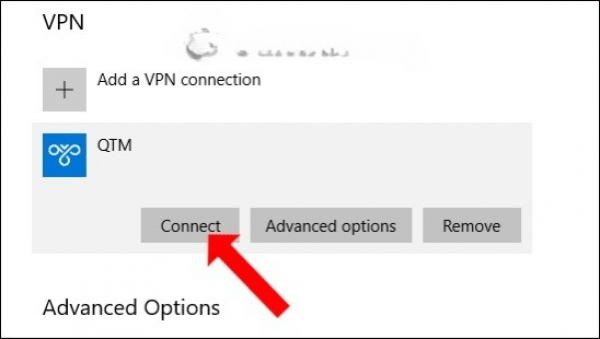
In case you want to change the information of this VPN network, click on Advanced options, and then click the Edit button to edit.
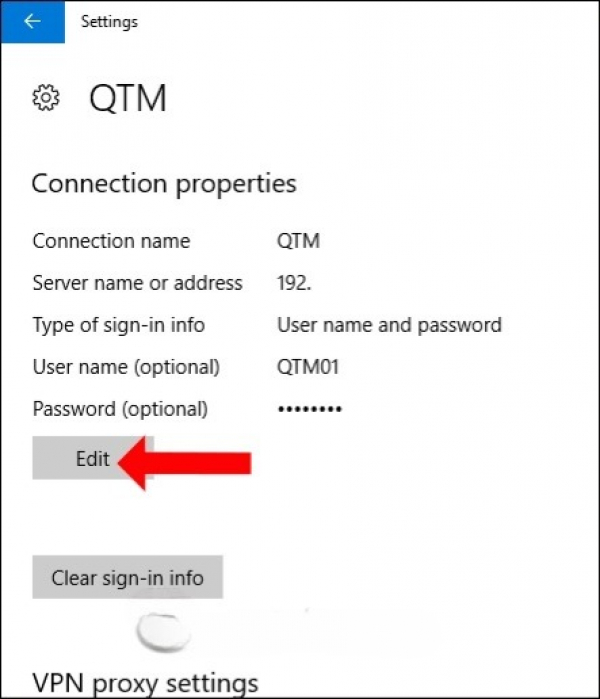
Thus, you can create a virtual private network (VPN) right on Windows 10 by adjusting some settings in Settings. However, using this VPN should not be done excessively as it may relate to safety issues.
How to Disconnect and Delete a VPN on Windows 10
If you no longer want to use the VPN or want to delete a server from the list, you can disconnect or completely remove that server. There is a VPN button for quick on and off in the Action Center of Windows 10 (the small speech bubble in the bottom right corner of the screen), but this article will look at the whole process, including completely removing the VPN from your system.
Step 1: Right-click the Start button.
Step 2: Click on Settings.
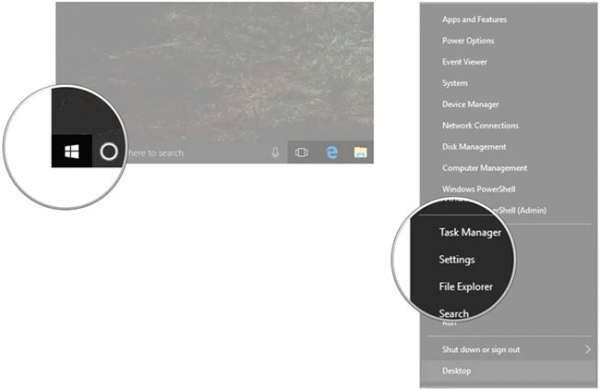
Step 3: Click on Network & Internet.
Step 4: Click on VPN.
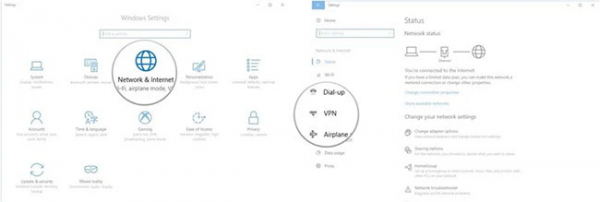
Step 5: Click on the VPN connection you want to disconnect or delete.
Step 6: Click on Disconnect.
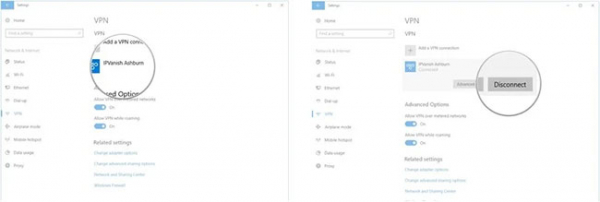
Step 7: Click on Remove.
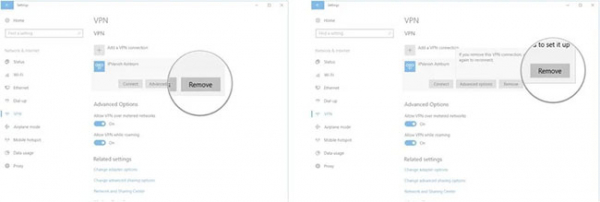
Step 8: Click on Remove again to confirm.
